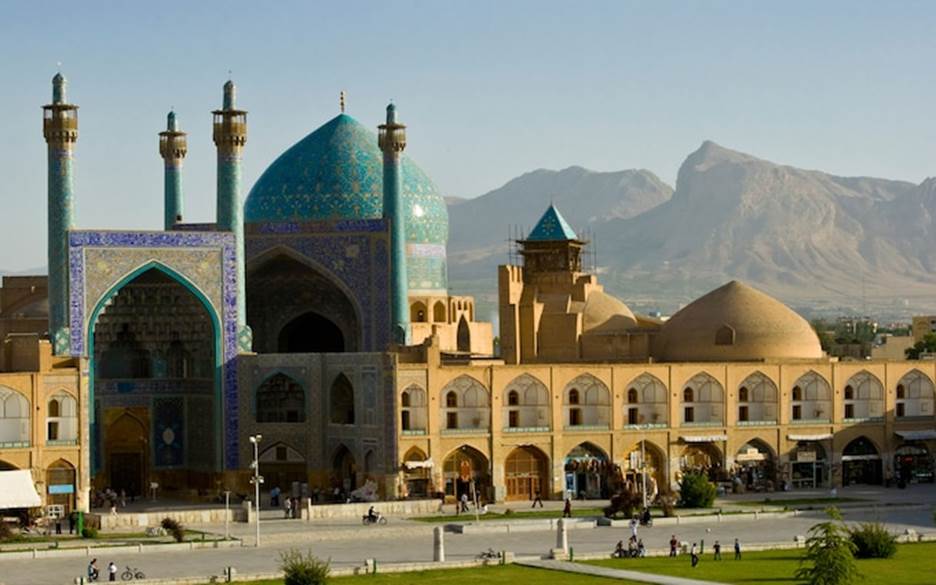
In the Land of Saadi
By Asif Javed, MD
Williamsport, PA
The grand celebration of the 2500 th anniversary of the Persian Empire in 1971 surprised the world. "The aim of the anniversary festival," writes Lloyd Jones in Persians, was to identify the Shah with Cyrus the Great...and to celebrate all that was glorious in Iran's ancient heritage, before the Arab conquest and the Muslim takeover of Persia."
The Achaemenid Dynasty founded by Cyrus the Great (Zulqarnain, according to some scholars), going through Parthian, Sasanian, and Safavid dynasties, Iranians were telling the world that they were proud of their glorious past. Achaemenid Empire, that encompassed three continents, was the first superpower in history. It existed before Alexander the Great and the Roman Empire.
Our group of sixty Pakistani-American physicians landed at Tehran Airport in Sep 22 with apprehension: for understandable reasons, Iranians have a certain hostility towards the West in general and the USA in particular. Also, the relations between Pakistan and Iran have been up and down since the Islamic Revolution. The immigration officer, however, was polite and we had a trouble-free entry in the fabled land of Hafiz and Saadi.
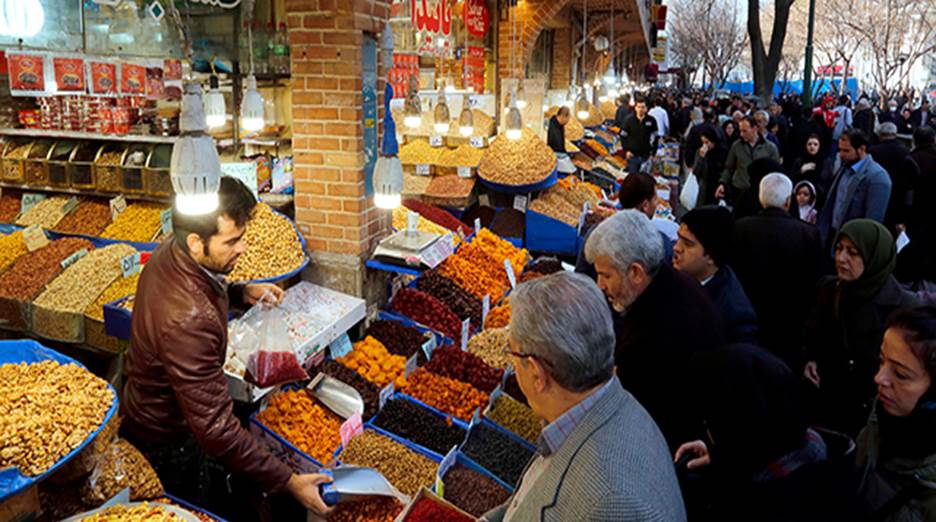
Iranians shop at Tehran’s ancient Grand Bazaar on January 4, 2023 - Atta Kenare/AFP/Getty Images
The first thing that strikes a visitor from abroad is that Iranians are a handsome people. Mostly of fair color, they are polite. We spent a better part of ten days in public places, and did not observe any incident of yelling or argument. The country is remarkably clean. Only once did we come across trash on the road.
Due to sanctions, inflation is high. One US dollar fetches thousands of riyals. The education level is much higher than in Pakistan. Over 80% females are educated. On the negative side, the divorce rate is over 50%. While alcohol is prohibited, smoking, unfortunately, is common.
The recent demonstrations, so much in the news in the US, were reportedly taking place in Iran during our visit. We did not observe any. This may have been a coincidence or, perhaps, our tour guides carefully kept us away from the troubled spots. Imam Khomeni and the current supreme leader’s pictures are everywhere. It is a constant, unnecessary and irritating reminder to the visitor that, beware, you are in a controlled theocracy.
Men in cities wear typical Western dress. Not many grow beards. Hijab is strictly enforced among women, including visitors. For visit to shrines, women are required to wear a chadur which is almost like a burqa. Iranian music is rich and soothing; it sounds similar to Pakistani music.
Tehran is like Lahore: congested, expensive and with dangerously high air pollution. Isfahan, once the capital of Safavids, is indisputably the most beautiful city. Shiraz, in Southern Iran, is the resting place of two giants of Persian poetry: Saadi and Hafiz. We were told that most Iranian households have at least two books: Qur’an and Dewan-e-Hafiz. Hafiz remains the most popular poet in Iran. Not far behind Hafiz is Saadi: The author of Gulistaan and Bostaan, both considered landmarks of Persian literature, is also well known in the West. As for our own Iqbal, he is known in Iran as 'Iqbal Lahori'. Iqbal’s Persian poetry has been part of the syllabus until recently. Having heard this, one begins to wonder how many households in Pakistan have Bang-e-Dera or Zerb-e-Kaleem. Just a stray thought!
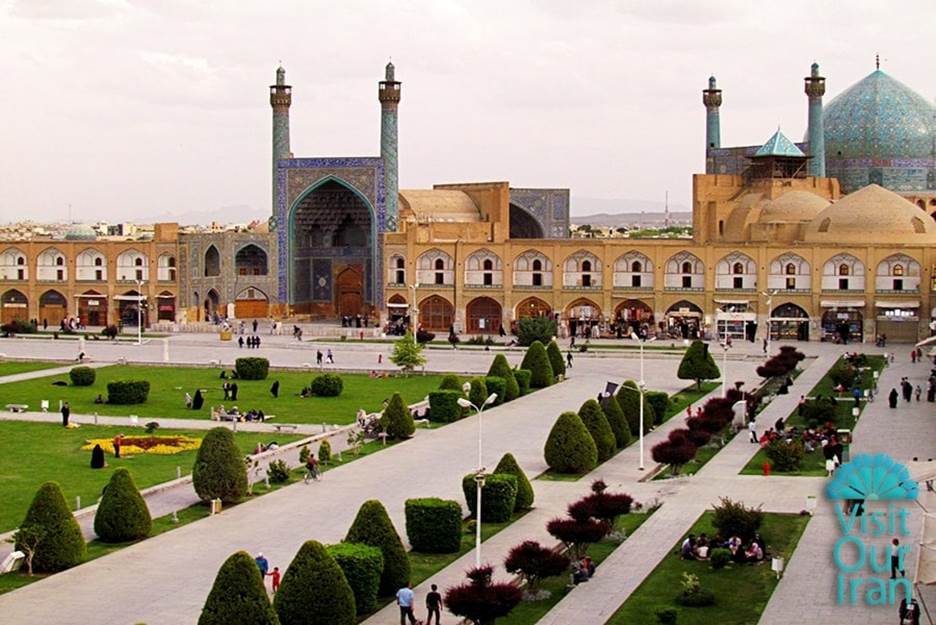
Isfahan
Iran had Umar Khayam, Firdausi, and Rumi too. Rumi was born in Balkh, now in Afghanistan, and later moved to Konya, Turkey. But Balkh was a part of the Persian Empire back then. So, Iranians have some justification in claiming "the most popular, and the best-selling poet in USA" too.
Resentment towards Arabs is palpable and there is more to it than the obvious Shia-Sunni divide. It is a reflection of the apprehension of oil-rich Arab states, ruled by despots, who fear Iran since the Islamic Revolution. Unlike the spineless Arabs, Iran has consistently, and forcefully, defended the Palestinian cause over the years. The assassination of General Qasim Sulamani by what Iranians call Shaytan-e-Bazurg has made him a national hero - his picture isseen everywhere.
The Persian culture has influenced us in the Indian sub-continent more than we realize: Persian used to be the court language in the Mughal era; it was part of syllabus when this scribe was in school in the late sixties. Gulistaan and Bostaan were house-hold names until a generation ago. The legend of Shirin Farhad that was written by Firdausi in Shahnameh, and later made popular by Nizami Ganjavi, is widely known in the Indian Subcontinent. It has been filmed several times. The most popular was the 1956 version in which Madhubala played Shirin's role. Firdausi's Shahnameh, considered the national epic of Iran, also introduced the characters of Rustam and Sohrab to India. Their story too has been filmed in India. The legend of Mahmood of Ghazna's asking Firdausi to write Shahnameh and later dither with the promised reward is beyond the scope of this article. But, if true, it reflects very poorly on the boot shikan of Somnaat.
There have been interesting historical connections between Iran and the Indian Sub-continent: Safavids were contemporaries of Mughals of India. It was with the assistance of Shah Tahmasp of Persia that Humanyun was able to reclaim the throne of Delhi after he had fled to Persia following his defeat at the hands of Sher Shah Suri. A huge painting in a museum in Tehran is a loud reminder of this historical fact to the visitors. That probably explains why the relations remained mostly cordial between Mughal India and Safavid Persia, except for occasional tussle over Qandhar. A replica of the Peacock Throne still exists in a museum in Tehran. The original, made for Shah Jahan, and taken to Iran by Nadir Shah after his invasion of India, has vanished from the face of the earth somehow. Koh-i-Noor was also forcibly taken by Nadir Shah from the defeated Mughal King Mohammad Shah. But it did not stay long in Iran either. After Nadir Shah's assassination, Ahmad Shad Durrani, one of his generals, took it to Afghanistan. Taken back to India by the deposed Shah Shuja of Afghanistan and, having passed through Ranjeet Singh, it eventually ended up in the collection of Crown Jewels, currently kept in the Tower of London while those who madly contested for a cursed stone are long gone.
Imam Khomeni had spent the last years in a rented house in a middle-class neighborhood in Tehran. It is a very modest dwelling used by the supreme leader. When Eduard Shevardnadze, the FM of Soviet Union came to visit, he too sat on the carpet as did Khomeni. Our leaders who own luxurious properties in foreign lands and proudly display million dollar watches, have an example in this. Raza Shah Pahlavi's Niavaran Palace is what you expect: modern with all kinds of luxuries. Ironically, the final resting places of Shah and Khomeni are also very different: Shah's is deserted while Khomeni's is full of visitors.
No visit to Iran is complete without seeing Persepolis. Also known as Takht-e-Jamshed, it is a vast compound of ruins of Achaemenid Empire's capital. It was here that the 2,500th anniversary of the Persian Empire mentioned earlier was celebrated. The 'greatest of all parties' was a strange spectacle, attended by heads of state from all over the world. They included Yahya Khan. The inebriated General, who was to preside over the breakup of Pakistan a few months later, was unable to hold his bladder, and ended up urinating behind a bush, in plain sight of his staff while awaiting his limousine. As for the unfortunate Shah, he was hounded out of Iran in 1979, and was never to return. His grave in Al-Rifa'i Mosque, Cairo, Egypt lies next to that of his former brother-in-law, Shah Farouk of Egypt. There were no visitors at his grave when this scribe visited it a few months ago. As for Yahya Khan, he ended up in the garbage can of history decades ago.
Muhammad Asad, who spent several months in Iran back in the 1930s, has made some interesting comments about Iran in his book Road to Mecca:
In no nation is the cult of the hero so deeply ingrained as in the Iranian and this man (Riza Khan Pahlavi) here seemed to be a hero...Iranians are display-loving but gentle, polite, and shrewd...A soft, pervasive melancholy was the dominant note everywhere...their religious feeling itself, so unlike that of Arabs, bore a strong tinge of sadness and mourning: to weep over the deaths of Ali, the Prophet's son-in-law, and Ali's two sons, Hasan and
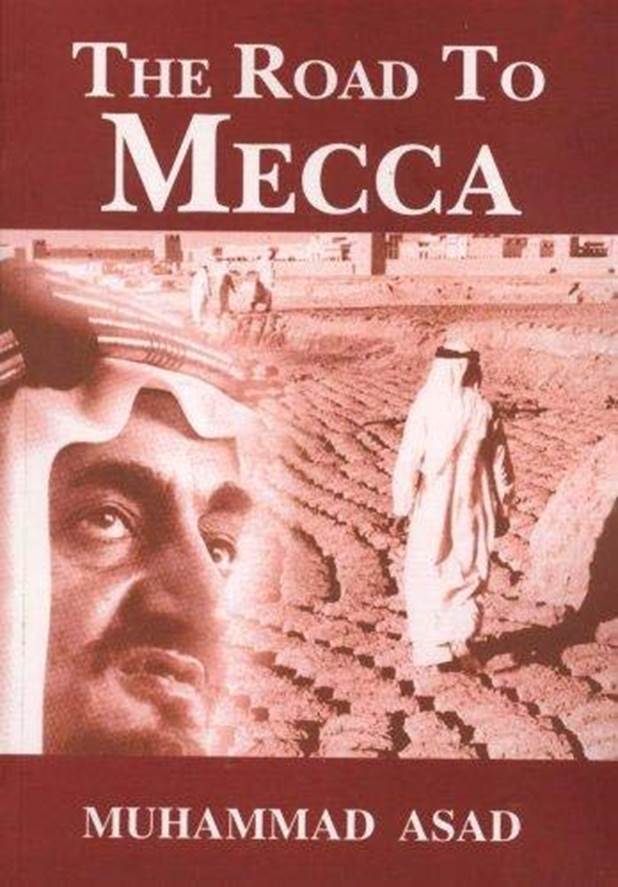
Husayn, seemed to them more important than to consider what Islam stood for and what direction it wanted to give to men's lives.
Asad then goes on to analyze the ancient and proud Persian history and its conquest in Hazrat Umar's time that ended the Sasanian Empire. The following is his startling conclusion:
The proud descendants of Darius and Xerxes could never forget that the historical continuity of their national life, the connection between their Yesterday and Today, had suddenly been broken (by Arab conquest),...the most durable reaction to it was one of deep humiliation and repressed resentment...When the Iranians gave passionate vent to their mourning over the deaths of Ali, Hasan and Husayn, they wept not merely over the destruction of the House of Ali (PBUH) but also over themselves and the loss of their ancient glory.
Asad, however, appears to have missed a point here. "The foreign powers," writes Lloyd Jones, "who invaded Iran across many successive centuries--the Arabs, Mongols, and Turks--eventually ended up being conquered by the culture they aimed to destroy. The sheer force of Persian civilization, its deep historical legacy, overpowered them as they became thoroughly 'Persianized'." By the time of Haroon Rashid, Persian influence had started to dominate in art, architecture, music, literature and philosophy throughout the Muslim world. The spectacular rise, and later, the tragic fall of Barmakids one of whom rose to be chief minister of Harron Rashid, is a story beyond the scope of this article. Suffice to say that Jafar, one of the Barmakids, is mentioned in Alf-Laylah--Book of 1001 Nights. Barmakids were Persians.
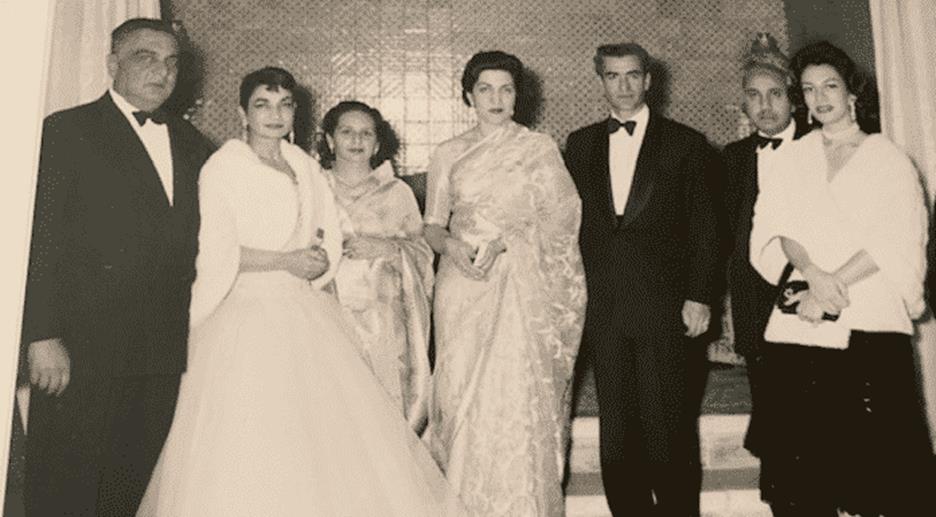
President Iskandar Mirza (extreme left) and Begum Nahid Iskandar Mirza (fourth from left) with the Shahenshah of Iran during his state visit to Pakistan
As for the Indian Sub-continent, two first ladies of Pakistan (Nahid Iskandar Mirza and Nusrat Bhutto) have been Iranian. Further back, Noor Jahan, a woman of great intelligence and driving ambition, also of Persian ancestry, was arguably the most influential wife of any Mughal emperor. And, lest we forget, the Taj Mahal, one of the wonders of the modern world, was created for her niece Mumtaz Mahal.
Back in the 70s, Tarana, a second-rate actress of Iranian descent, turned up at the gate of the Governor House, Lahore. She was allowed in by the, initially reluctant, security once her meeting with Yahya Khan was confirmed. Later, as she was leaving the Governor House, the security man saluted her. A surprised Tarana asked him about the salute: "Madam, you were just Tarana while going in but now you have become QaumiTarana," he said.
Iran has been in the news lately. The hijab controversy refuses to go away. There is a simmering discontent that likely represents the struggle between Iranianism and Islamism. Iran has a lot of potential. It has abundant natural resources and an educated, growing middle class. Iranians are intelligent and resilient people. Will the nation of Cyrus the Great, Darius and Xerxes ever regain its former glory? Only time will tell. But it’s long overdue.
References: Persians by Lloyd Jones; The Road to Mecca by Muhammad Asad.
(The author is a physician in Williamsport PA and may be reached at asifjaved@comcast.net )

